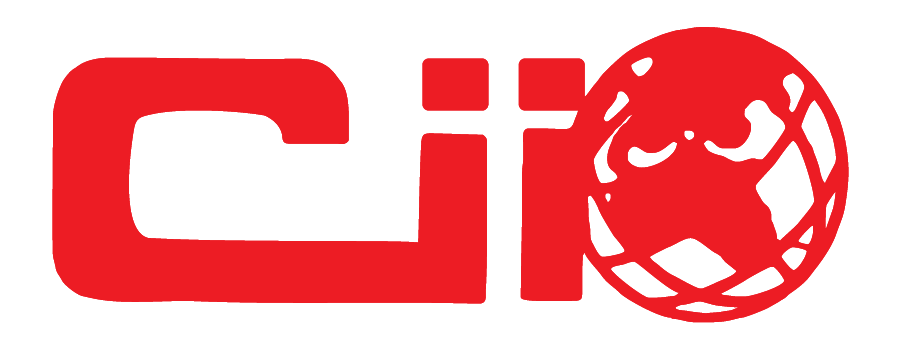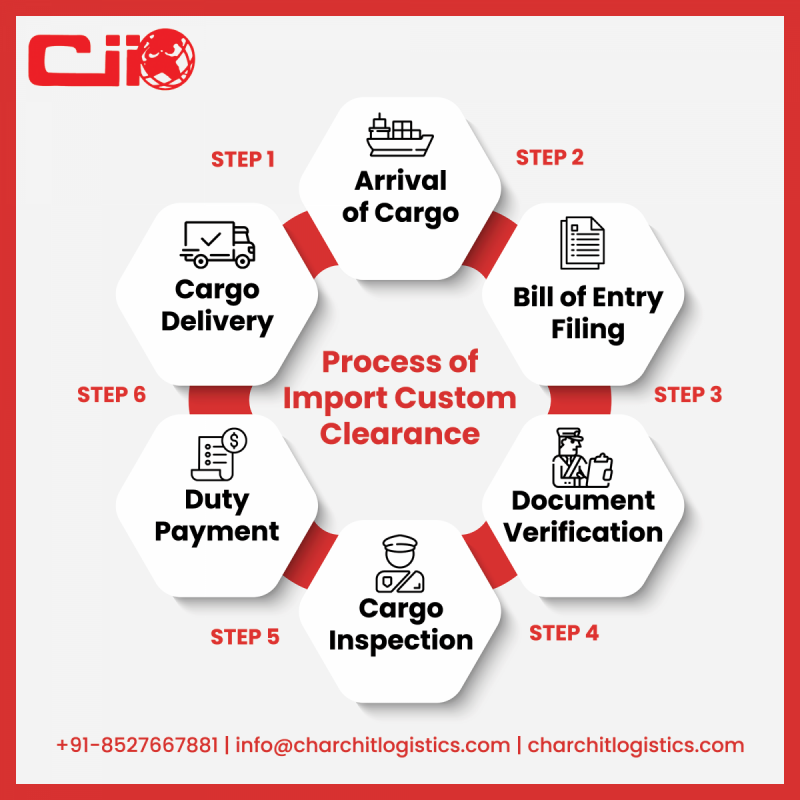What is Customs Clearance?
Customs clearance is the act of taking goods through the customs authority to facilitate the movement of cargo into a country (import) and outside the country (export).
Also, the customs clearance means a document issued by the customs authority to a shipper indicating that all duties have been paid and the shipper’s goods is cleared for export.
The process of getting your goods across international borders can be confusing and frustrating. Customs clearance not only requires a great deal of preparation and documentation, but its procedures also differ from country to country. While international trade is simpler now than it was a few decades ago – thanks to the lowering of trade barriers, simplification of rules and introduction of new technology – customs clearance remains a challenge.
This Article aims to help you navigate through getting your goods cleared through customs and will answer many important questions on the subject.
Procedure for Import Customs Clearance:
1. Arrival of Cargo
Confirm the arrival of goods at the port of import and take delivery order from the airlines. It is important for the importer to know the mode of shipment. If it is in Cargo Mode by Air, it will be handled by the ACC Import Commissionerate (ACCI). If it is in courier mode, then by the New Courier Terminal, ACC Export Commissionerate (NCT). If it is in Cargo Mode by Sea, it will be handled by ICD Tuglakabad or ICD Patparganj
2. Bill of Entry
Bill of Entry (BOE) can be filed in the Customs System even before arrival of goods at the port of import. Such BOE is called a Prior Bill of Entry. This offers a significant advantage because Customs processing and duty payment etc. can take place even before the actual arrival of goods. This helps in saving time and ensuring clearance of goods as soon as goods arrive. In India, it is generally done online through ICEGATE Portal namely www.icegate.gov.in
Documents required for filing of a bill of entry
- Commercial invoice
- Packing list
- Air way bill
- IEC code
- Bank AD code
- GST registration number
- To fill a KYC form for first time importers
3. Document Verification
Customs clearance is a document-heavy process. It requires the importer and exporter to file a wide range of paperwork, including licenses and certificates, and to make sure they are accurate, complete and submitted on time. Listed below are the mandatory and secondary documents key to customs clearance:
- Shipping Bill
- Commercial Invoice
- Packing List
- IEC Code
- Certificate of Origin
- Bill of Entry
- Bill of Lading
- Health/Insurance Certificates
A customs officer verifies that the paperwork completed for shipments are correct.
4. Cargo Inspection
During a customs inspection, your goods are inspected by customs, or more specifically by a clearance officer, to check their quantity, properties, or value. Either samples (partial inspection) or the entire inventory of goods (full inspection) may be reviewed during the inspection. In addition, you may need to unpack a certain selection of goods, sometimes resulting in damage to the goods themselves. A customs inspection can take a huge amount of time and work. Packing and unpacking goods puts many companies under time pressure, which can often cause something to go wrong or goods to become damaged. If you work with Charchit Logistics, we can save you all this stress – our expert knowledge and years of experience allow us to act quickly, carefully, and cautiously.
5. Duty Payment
Duty Payment can be done by the importer even before the assessment is completed by Customs. It is important to understand that customs processing would continue, after Goods Registration, even if the duty has not been paid. But in order to ensure quick clearance the importer should pay the duty even before the registration process is completed. The expert team at Charchit Logistics can assist you with making sure your payment is made on time. We will take care of the work and allow you to focus on importing and exporting goods. Allow us to partner with you to make this process fast and easy.
You can visit our Utilities page for a direct link to calculate the duty on your next shipment, and much more.
6. Cargo Delivery
On showing the customs clearances to the port authorities, the importer can take the delivery of his goods. In case of cargo deposited in a warehouse, the importer would another bill of entry called the ex-bond bill of entry to clear the whole or part of the warehoused cargo. Charchit Logistics can help at every step of the way, including storing the cargo in a warehouse and transporting the goods from the port direct to you.

